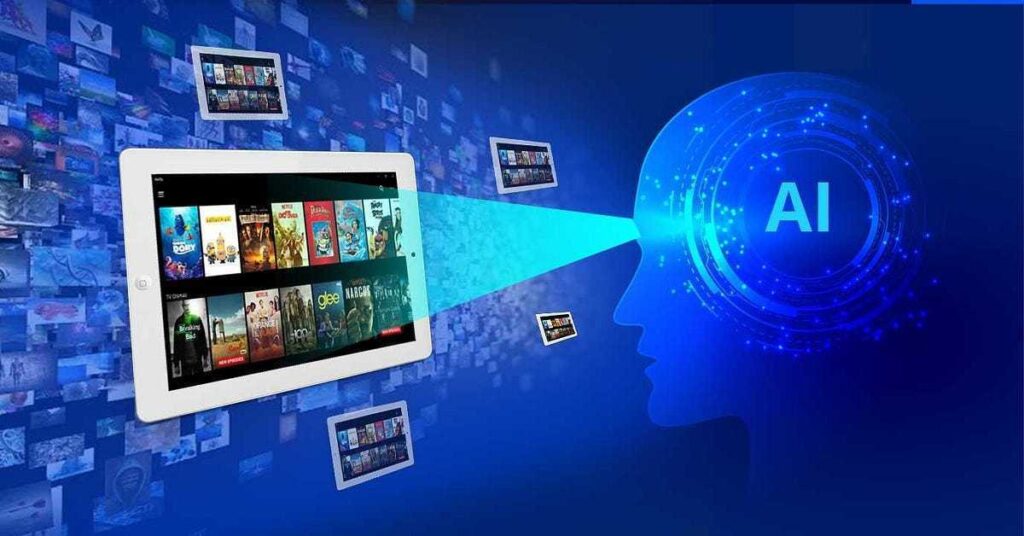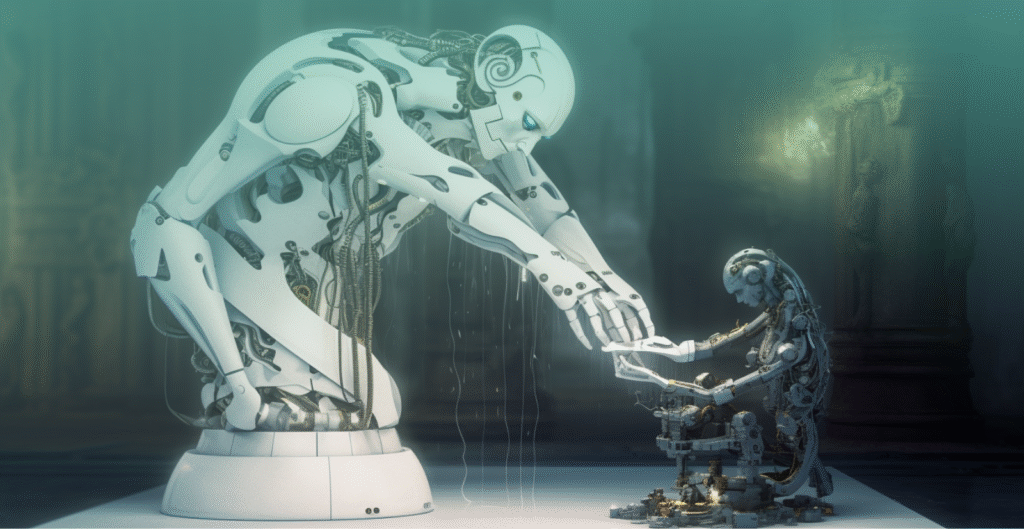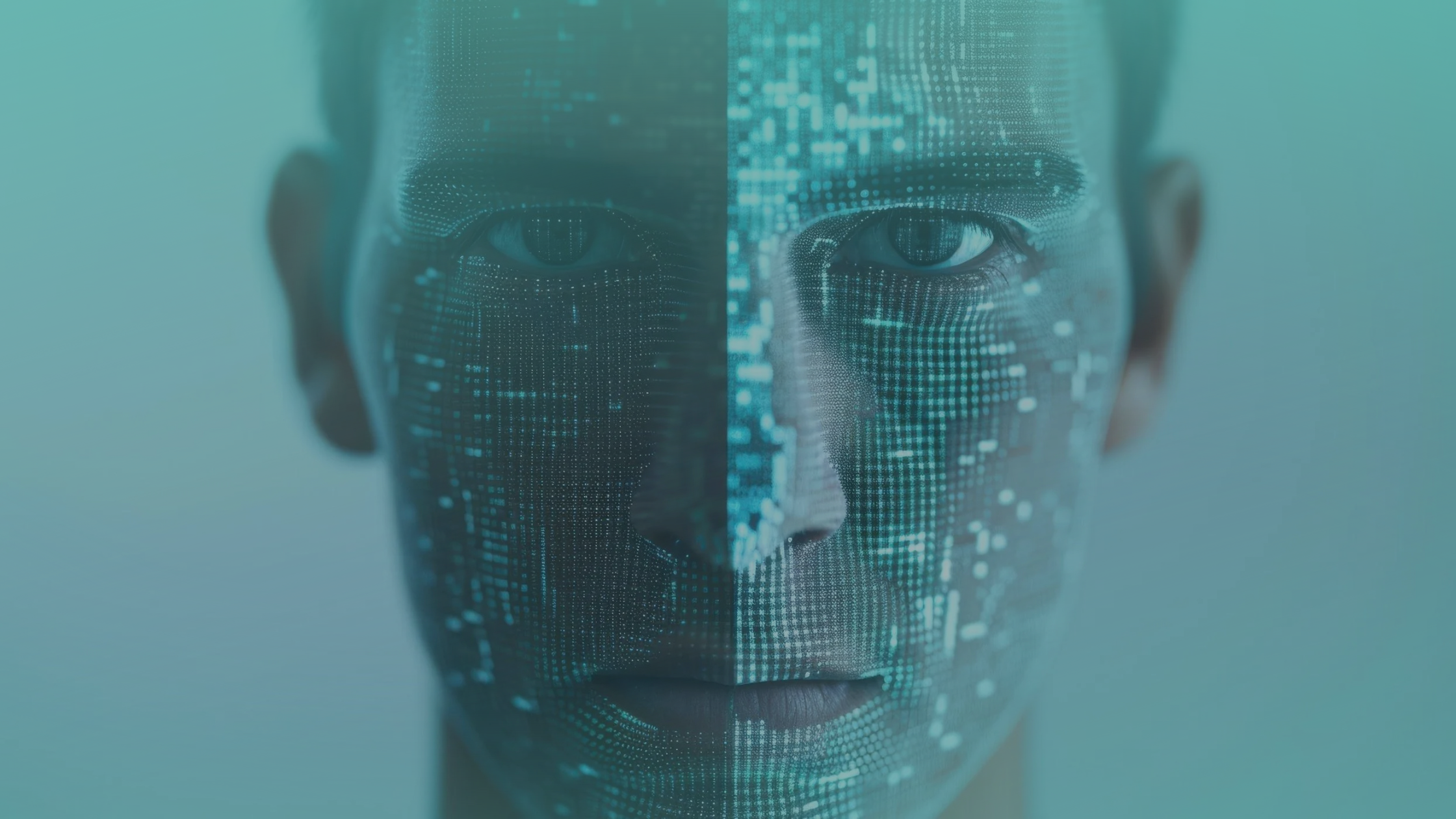Imagine receiving a video call from your company’s CEO instructing you to transfer funds immediately. Everything seems normal, the voice, the facial expressions, yet unbeknownst to you, it’s a sophisticated fake. This scenario, once the stuff of science fiction, is now a real threat due to advancements in deepfake technology.
In this blog, I will explore the concept of deepfakes, their positive applications, associated risks, such as financial fraud and reputational harm, and strategies businesses can implement to detect and prevent deepfake threats.
What Are Deepfakes?
Deepfakes are artificial media videos, images, or audio recordings created using artificial intelligence (AI) to depict events or statements that never occurred. By leveraging deep learning techniques, particularly Generative Adversarial Networks (GANs), these fabrications can convincingly replace or mimic real individuals, making it challenging to distinguish between genuine and manipulated content.
How Do Deepfakes Work?
Deepfake creation involves training AI models on extensive datasets of the target’s images or voice recordings. The AI learns to replicate patterns, facial movements, and speech, generating new, realistic media where the person appears to say or do things they never did in reality. Deepfake videos, images, and audio generated using deepfake software can be compelling and often require sophisticated deepfake detection methods to identify manipulation.
Positive Uses of Deepfake Technology
While deepfakes are often associated with negative connotations, they also offer several beneficial applications across various sectors:
Entertainment Industry
Deepfake technology has revolutionized visual effects in filmmaking by enabling filmmakers to de-age actors, portray characters at different ages without extensive makeup or traditional CGI, and resurrect historical figures. Advanced deepfake AI algorithms can animate historical photos and footage, allowing influential figures to give speeches and presentations as if they were present today.

Education and Training
In educational settings, deepfake apps contribute by creating interactive learning experiences. Students can engage with realistic simulations, such as conversing with historical figures or experiencing re-enacted events, making learning more immersive. Additionally, they can develop personalized educational content, allowing educators to tailor materials to reflect diverse cultures and languages, enhancing relatability and understanding.

Accessibility
Deepfake technology enhances accessibility by generating personalized voices. Individuals with speech impairments can utilize AI to generate natural-sounding, personalized voices, enhancing communication tools. Moreover, deepfake manipulation assists in translating and dubbing content by altering lip movements to match dubbed audio, making media more accessible to non-native speakers while preserving the original visual context.

Art and History Preservation
Artists and historians utilize deepfake generator tools to recreate historical moments, helping us connect with and understand the past better. This technology allows us to experience events and figures from before our time in a comprehensible manner.

Business and Marketing
In the corporate sector, deepfake software is employed to create virtual presenters. Companies can develop AI-generated spokespersons for consistent and cost-effective customer engagement. Furthermore, they personalize advertising campaigns by tailoring advertisements to individual preferences, enhancing user engagement and conversion rates.

The Dark Side: Risks Associated with Deepfakes
AI-generated fake content poses serious challenges for businesses by undermining multiple aspects of their operations and reputation. The use of synthetic media to mimic trusted individuals can lead to a range of adverse effects that extend well beyond the realm of technological curiosity.
Financial Implications
Deepfake AI enables criminals to create highly convincing impersonations that can lead to fraudulent transactions and unauthorized transfers. By mimicking the appearance and voice of senior executives or financial officers, these scams can disrupt internal financial controls and lead to significant monetary losses. Companies may find themselves investing heavily in new security measures and verification protocols just to safeguard their financial operations.
Loss of Trust
When deepfake content becomes prevalent, it erodes the confidence that customers, partners, and employees have in a business’s communications. Stakeholders may start to doubt the authenticity of messages, which undermines the credibility of the organization.
Operational Disruptions
The appearance of deepfake communications can lead to significant operational challenges. Misleading instructions or false messages that appear to come from trusted sources can disrupt day-to-day operations. Such disruptions not only hinder efficiency but also create an environment of uncertainty, where decision-making processes are constantly second-guessed.
Legal and Regulatory Challenges
The rise of deepfake technology has also introduced new legal and regulatory challenges. As governments and regulatory bodies work to establish frameworks that address the misuse of synthetic media, businesses find themselves in a complex compliance landscape. Deepfake technology ethics are becoming a central issue in policy discussions to ensure responsible AI usage.
Market and Reputational Risks
Beyond financial and operational impacts, deepfake manipulation can also damage a company’s reputation. When false or misleading content is circulated, it can create long-lasting damage to a brand’s image. Even if a business is not directly involved, the association with fraudulent content can lead to public relations challenges and a broader loss of market confidence.
Detecting and Preventing Deepfake Threats
Technological Solutions
AI Detection Tools: Developers are creating AI-based deepfake detection systems to identify inconsistencies in media, such as unnatural blinking or mismatched shadows. However, as deepfakes become more sophisticated, detection becomes increasingly challenging.
Blockchain Technology: Implementing blockchain can help verify the authenticity of media by providing a transparent and immutable record of its origin and modifications.
Organizational Measures
Employee Training: Educate staff about deepfake threats and establish protocols for verifying unusual requests, especially those involving financial transactions or sensitive information.
Multi-Factor Authentication (MFA): Implement MFA to add layers of security, making it harder for imposters to access systems or authorize actions based on deepfake communications.
Collaboration with Cybersecurity Experts: Partner with cybersecurity firms to stay updated on emerging threats and implement robust defense strategies.
Legal and Ethical Considerations
Regulatory Actions
Governments worldwide are beginning to address the challenges posed by deepfake technology. For instance, several U.S. states have enacted laws criminalizing the malicious use of deepfake technology, particularly in contexts like elections.
Ethical Responsibilities
Developers: AI practitioners should adhere to deepfake technology ethics, ensuring their technologies are not misused for harmful purposes.
Users: Individuals and organizations must critically assess media content and avoid sharing unverified information that could contribute to misinformation.
The Future of Deepfakes
As AI technology continues to evolve, AI-generated media is expected to become more realistic and harder to detect. This advancement necessitates ongoing research into deepfake detection methods and the development of policies to mitigate potential harms. Businesses must remain vigilant, adopting proactive measures to protect themselves and their stakeholders from the adverse effects of synthetic media. By fostering awareness, investing in AI-driven security, and promoting ethical practices, organizations can navigate the challenges posed by this emerging technology.
Conclusion
In conclusion, while deepfakes offer innovative possibilities, their potential for misuse presents significant risks. Understanding and addressing these challenges is crucial for businesses aiming to safeguard their operations and maintain trust in an increasingly digital world.
Ready to protect your business against deepfake threats and harness AI for a secure digital transformation? BugsLink TECH’s expertise in custom software development and digital innovation can help you integrate AI solutions to secure your digital identity and drive sustainable growth. Contact BugsLink TECH today.
FAQs
What are deepfakes?
They are AI-generated media videos, images, or audio that simulate real events or statements that never actually happened.
How is deepfake content generated?
They train on large datasets to mimic facial expressions, voices, and movements, creating highly realistic but fabricated content using deepfake generator tools.
What are some positive uses of deepfake technology?
They enhance film effects, create engaging educational tools, improve accessibility with personalized voices, and boost marketing strategies.

